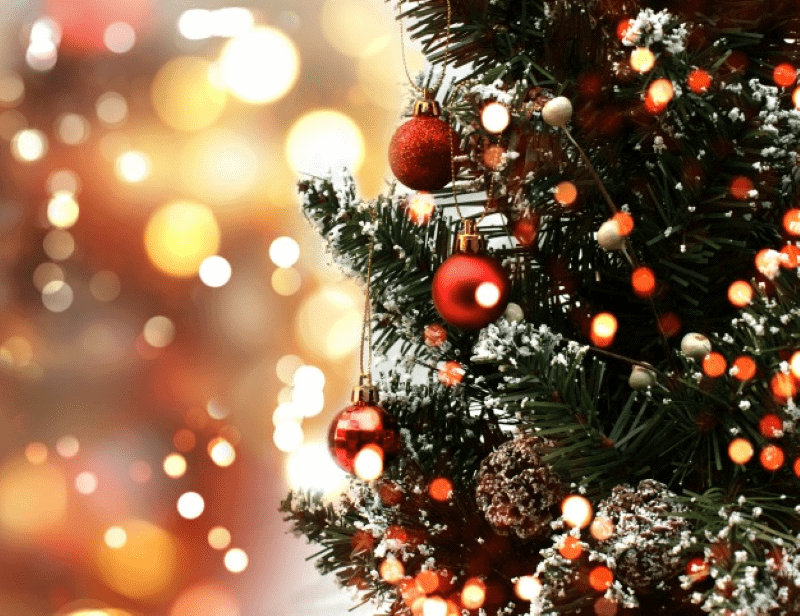Get ready to be dazzled by the magic and mystique of Christmas trees! From ancient folklore to modern-day traditions, our article explores the many captivating facets of these delightful evergreens. Learn about the history behind their popularity, the types of trees that grace homes around the world, and tips for decorating with style. Discover the meaning and significance behind the ornaments that adorn your tree and learn about the environmental and health benefits of having one at home. We’ll even share fun and quirky facts that you can share with your loved ones this holiday season. So kick off your shoes, grab a cup of hot cocoa, and let’s dive into the enchanting world of Christmas trees!
Fun Christmas Tree Facts: Quirky Trivia to Impress Your Friends
- Only 2 percent of Christmas trees are harvested from the wild, while 98% are grown on farms.
- Growing companies plant up to three seedlings for each tree harvested.
- U.S. growers planted 46 million Christmas trees in 2012.
- On average, there are more than 2,000 Christmas trees planted on an acre. It is estimated that just about 1,000-1,500 will thrive. In the north, there may be just as low as 750 trees left.
- The shape of the Christmas tree is almost always achieved by shearing the trees. Trees are ready for harvest if they reach six or seven feet high—more reason why you may be more familiar with the 6 foot artificial Christmas trees.
- To successfully grow a mature tree, it takes approximately six to ten years of battling severe weather conditions.
- A Christmas tree is typically cut weeks in advance of being sold in a retail store. Upon reaching your home, they should be watered thoroughly. An average Christmas tree consumes a quart of water a day during its first week in your home.
- Germany was the first country to develop artificial Christmas trees during the 19th century, and the United States followed suit. Goose feathers dyed green were wrapped around wire branches to make these “trees”. A central dowel rod acted as the trunk, and the wire branches were wrapped around it.
- An artificial Christmas tree was first made with brush bristles by Addis Brush Company in 1930. It used the same machinery it uses to make toilet brushes, but dipped them in green dye.
- American manufacturers began making aluminum artificial Christmas trees in 1958 in Chicago.
- PVC plastic is commonly used today for making artificial Christmas trees. They’re not fire-resistant, though they’re fire-retardant. The majority of artificial trees sold worldwide are made in China.
